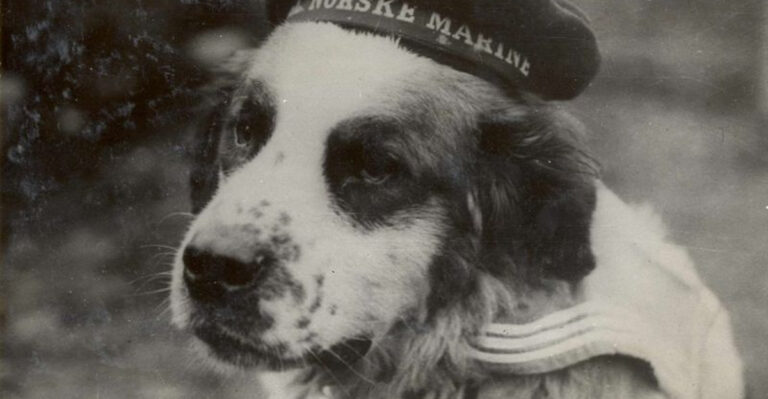21 Simple Ways To Keep Your Dog’s Paws Healthy
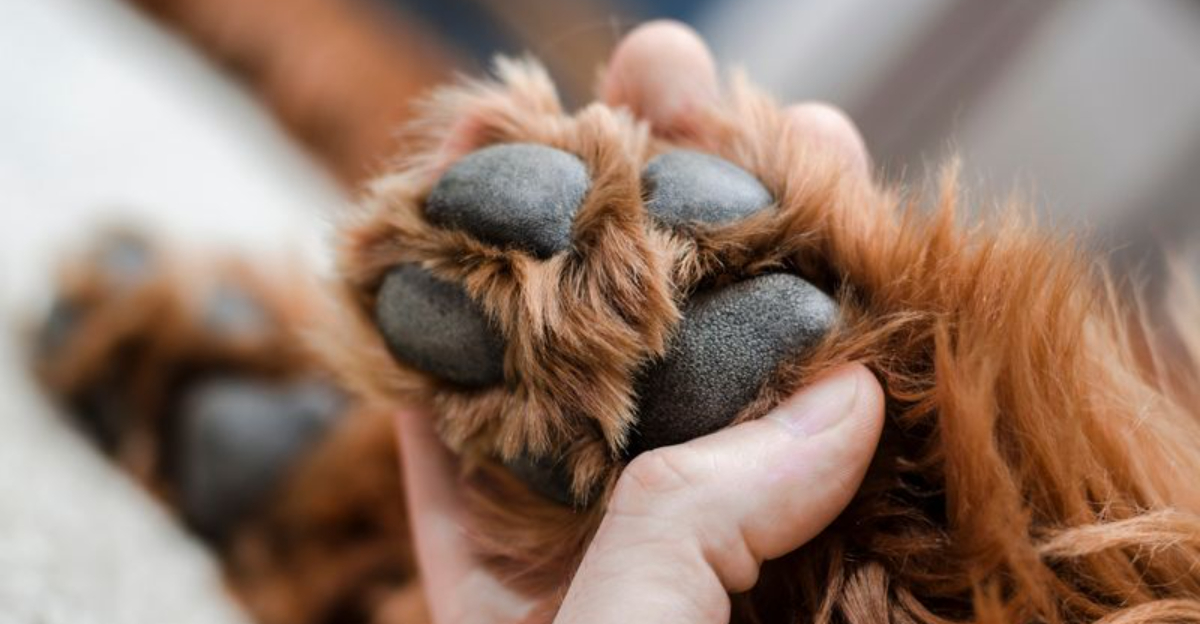
Keeping your dog’s paws healthy is crucial for their overall well-being.
Paws endure a lot of stress from walking, running, and exploring various surfaces. Proper care can prevent injuries and infections.
1. Clean Paws After Walks
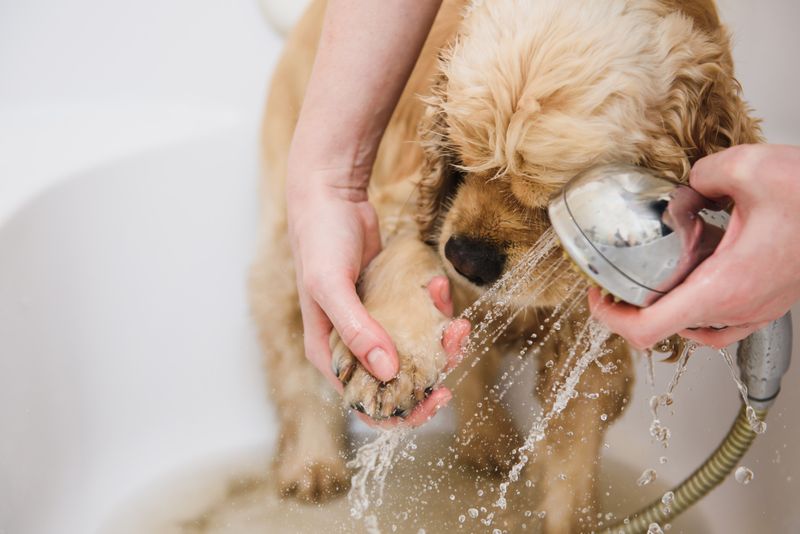
Cleaning your dog’s paws after walks helps remove dirt, chemicals, and allergens. These substances can cause irritation or be ingested if your dog licks its paws. A gentle wipe with a damp cloth or pet-friendly wipes is sufficient to keep the paws clean.
Make this a routine each time you return from an outdoor stroll. Pay special attention to spaces between the toes where debris can hide.
2. Paw Pad Massages
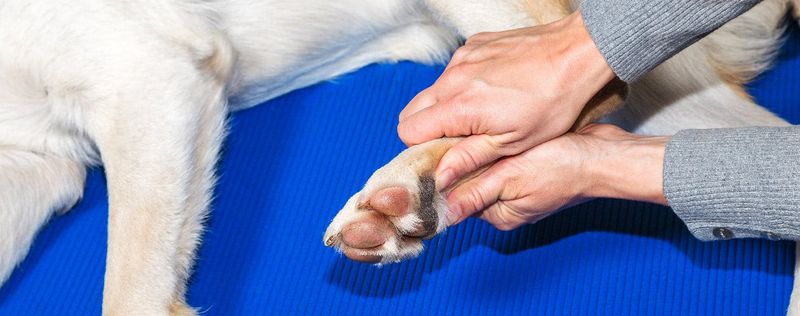
Massaging your dog’s paws can improve circulation and keep the muscles relaxed. Paw pad massages are soothing, much like a foot massage for humans, and can help alleviate stress or discomfort.
To give a paw massage, gently rub the pads and between the toes using your thumbs. Apply light pressure and watch for your dog’s response to ensure it’s enjoying the process. Regular massages can also help you detect any unusual lumps or injuries early, allowing for prompt action.
3. Keep Nails Trimmed
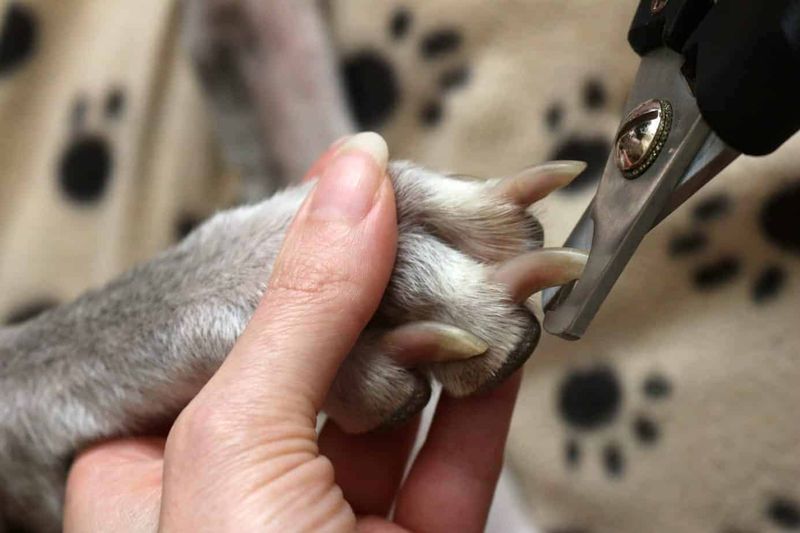
Keeping your dog’s nails trimmed is vital for their comfort and mobility. Long nails can make walking awkward or painful, and they might even grow into the paw pad, causing injury.
It’s best to trim nails every few weeks, depending on how quickly they grow. Use a proper dog nail clipper to avoid accidents and ensure the cut is clean. If you’re unsure or nervous about trimming nails yourself, a groomer or vet can help.
4. Protect Paws From Extreme Temperatures
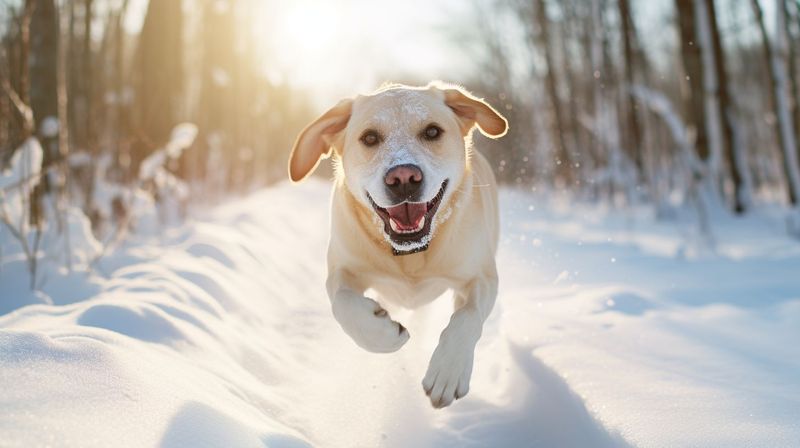
Protecting your dog’s paws from extreme temperatures is crucial. Hot pavements or frozen surfaces can cause severe burns or frostbite. Investing in dog boots can offer a layer of protection during walks in extreme weather.
Test the surface temperature by placing the back of your hand on it for seven seconds. If it’s too hot or cold for you, it’s too harsh for your dog’s paws.
5. Moisturize Paw Pads
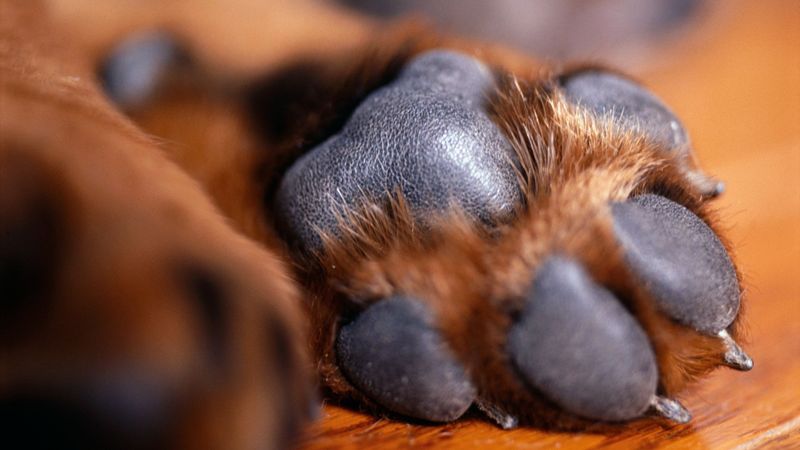
Moisturizing your dog’s paw pads keeps them soft and less prone to cracking. Cracked pads can be painful and lead to infections if not treated promptly. Using a dog-specific paw balm or moisturizer regularly can prevent dryness.
Apply moisturizer after walks, especially in harsh weather conditions. Cold winters or hot pavements can dry out the pads quickly, so keeping them moist helps protect against environmental damage. Be sure to choose a product that’s safe for ingestion, as dogs may lick their paws.
6. Regular Paw Inspections
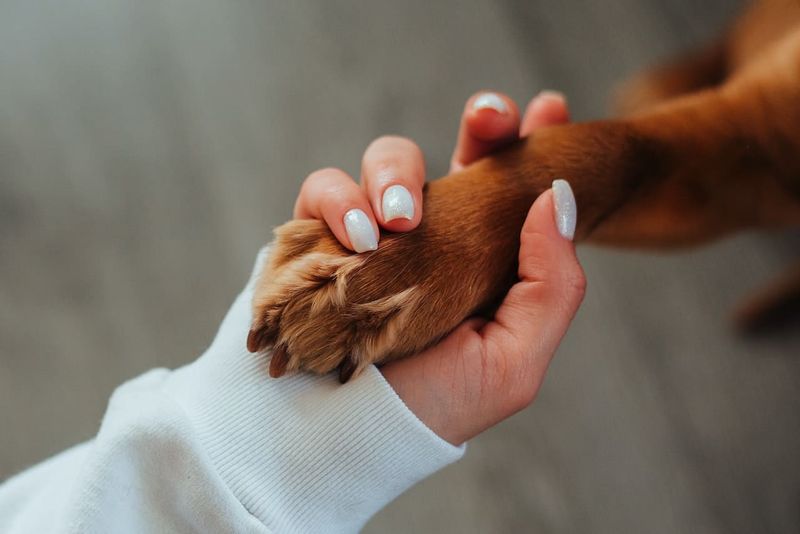
Regular paw inspections are essential to keep your dog’s feet in prime condition. By frequently checking their paws, you can spot any issues early on, such as cuts, bruises, or foreign objects lodged in the pads. Start by gently spreading the toes and examining the area with care.
Look for redness or swelling, which could indicate irritation or infection. Doing this once a week is a good practice. It only takes a few minutes, but it makes a huge difference in maintaining their paw health.
7. Check For Parasites
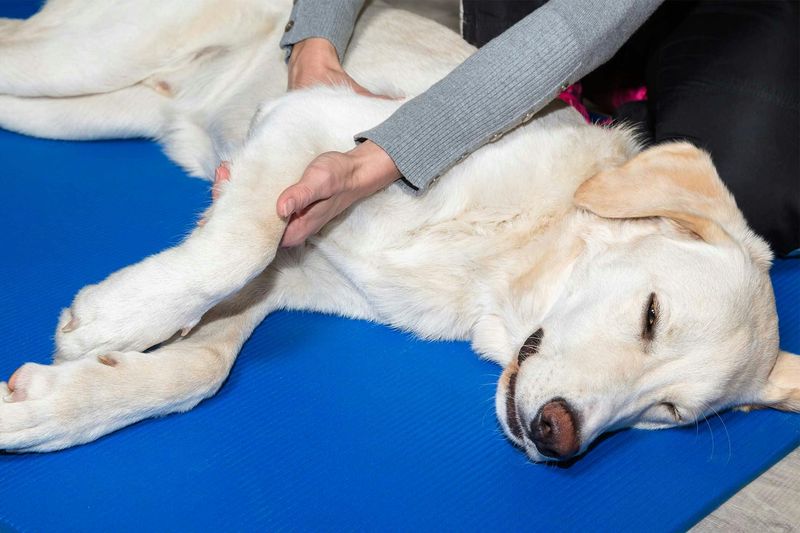
Fleas and ticks can hide between the toes or in the fur around the paws, leading to irritation or disease. Regular checks, especially after outdoor activities, can help keep your dog healthy.
During grooming sessions, thoroughly inspect your dog’s paws and legs. Removing parasites promptly prevents them from spreading and causing more significant health issues. If you find ticks or fleas, use appropriate removal tools and consult your vet for treatment options.
8. Avoid Walking On Rough Surfaces
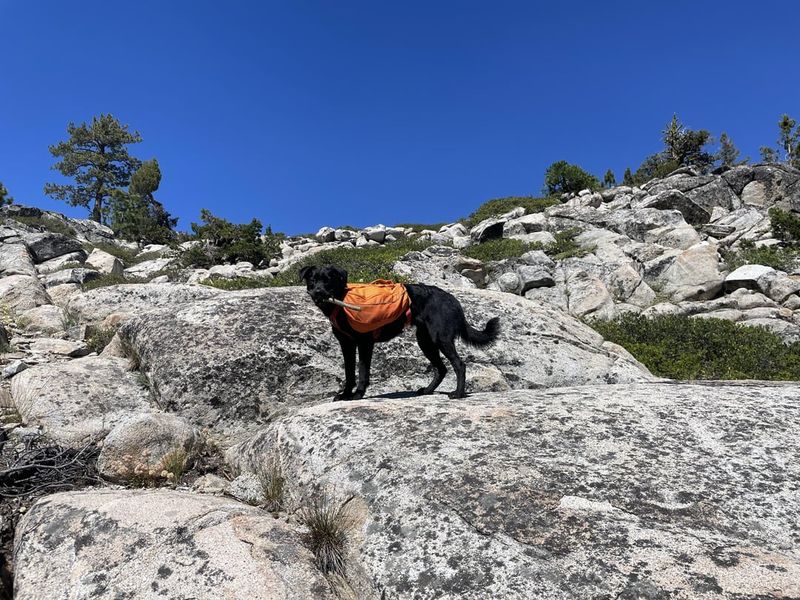
Walking your dog on rough surfaces can harm their paws. Sharp rocks or uneven terrain may lead to cuts or bruises, making walking painful for your pet. Opting for softer, smoother paths like grass or well-paved sidewalks is often safer.
During walks, be mindful of where your dog is stepping. If rough terrain is unavoidable, consider protective boots to shield their paws. Training your dog to walk on a leash can also help guide them away from harmful surfaces.
9. Use Paw Wax
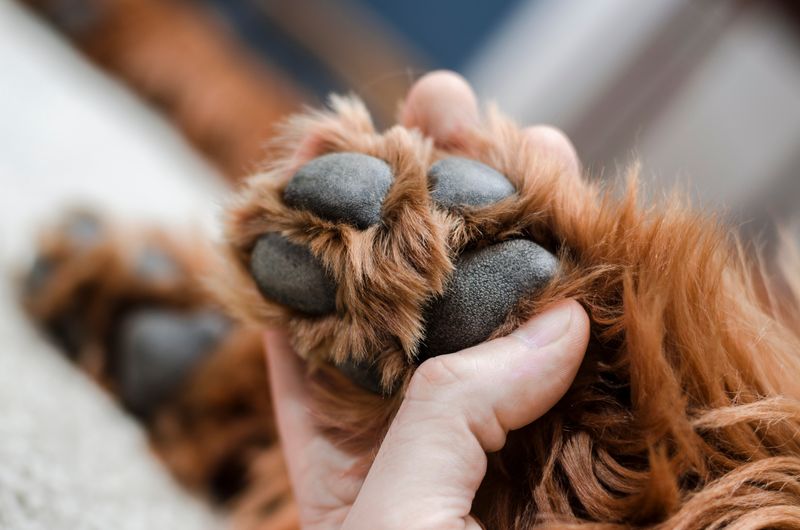
Paw wax serves as an excellent protective layer for your dog’s paws against harsh elements. Whether you’re dealing with icy sidewalks in winter or hot pavements in summer, paw wax can shield the pads from damage.
Apply it before outdoor activities, especially in extreme weather conditions. The wax creates a barrier that reduces the impact of temperature and rough surfaces. It’s easy to use and can be applied quickly before walks.
10. Regular Grooming
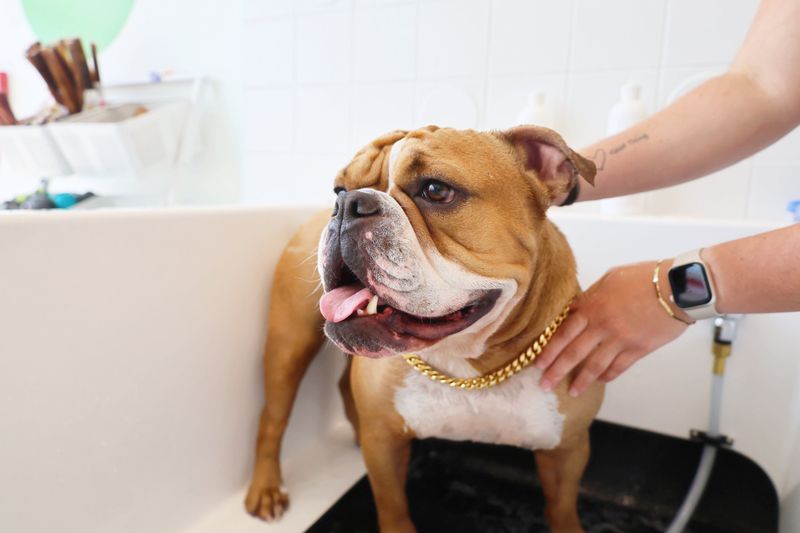
Trimming the fur around the paws prevents matting and helps keep the area clean. Mats can trap dirt and moisture, leading to irritation or infection.
Brushing not only removes loose fur but also helps distribute natural oils, promoting healthy skin and coat. During grooming, check for any signs of injury or foreign objects stuck in the fur or pads.
11. Hydration Is Key
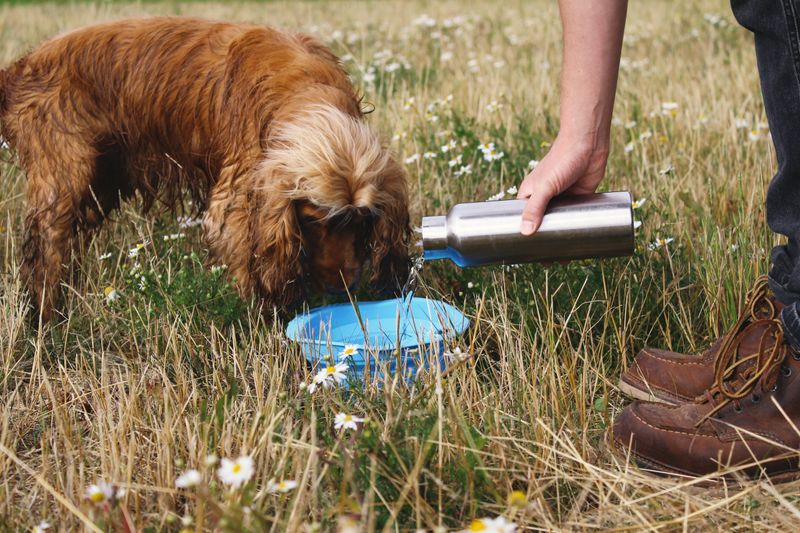
Keeping your dog well-hydrated is crucial for paw health. Dehydration can lead to dry, cracked pads, which are painful and prone to infection. Ensure your dog always has access to fresh water, especially on hot days or after exercise.
During walks or playtime, take breaks to offer water, helping to regulate their body temperature and maintain hydration levels. A collapsible water bowl is a convenient accessory for outings.
12. Use A Safe Paw Cleaner
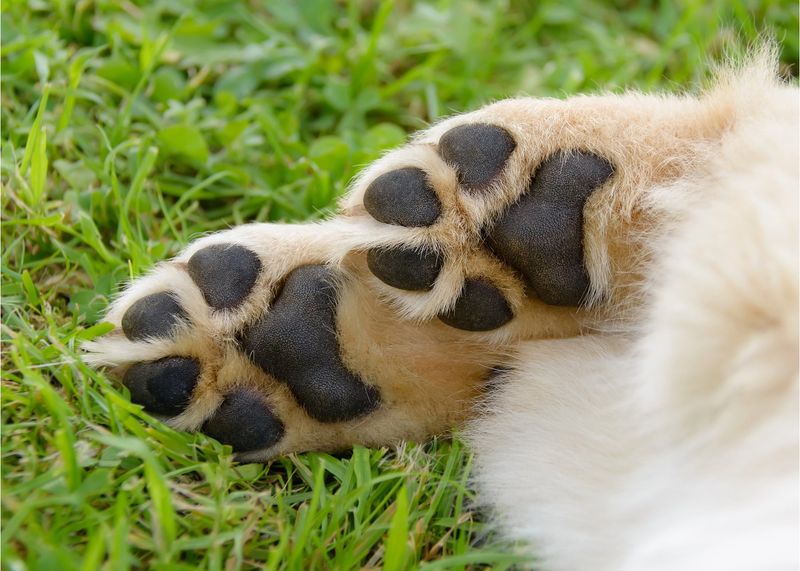
Using a safe paw cleaner is an effective way to remove harmful substances from your dog’s feet. Chemicals from roads or lawns, like de-icers or pesticides, can irritate the skin and pads if not cleaned off.
Choose a pet-friendly cleaning solution that won’t harm your dog if ingested. After walks, apply the cleaner with a cloth or spray, ensuring you reach between the toes. This helps remove any residues that could lead to discomfort or health issues.
13. Nutritious Diet For Paw Health
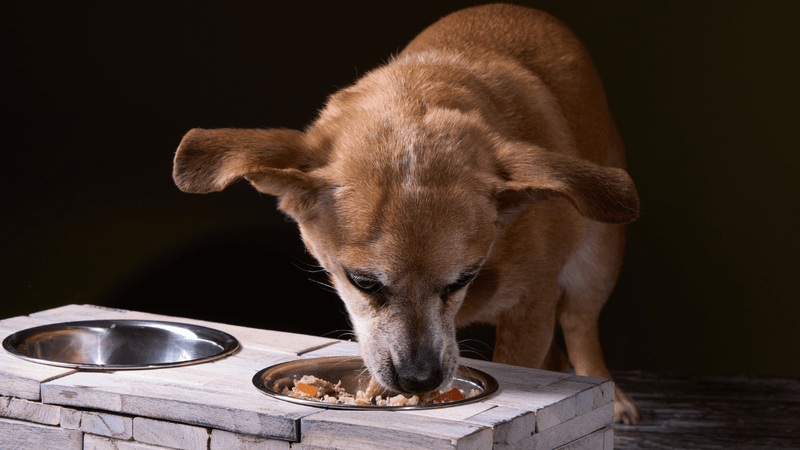
Nutrients like omega-3 fatty acids and vitamins A and E support healthy skin and pad conditions, preventing dryness and cracking.
Ensure your dog’s diet includes high-quality food with necessary nutrients. Consult your vet for dietary advice, especially if your dog has specific health concerns. Supplements might also be beneficial if recommended by a professional.
14. Consider Dog Shoes
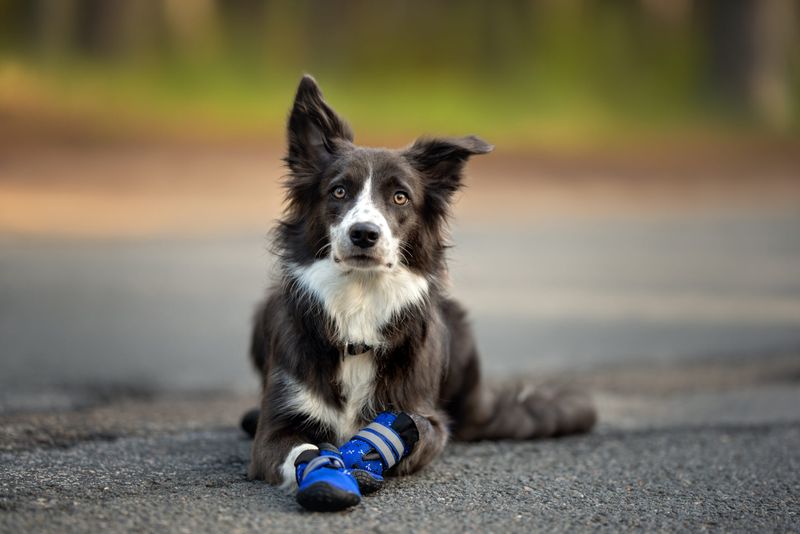
Dog shoes can be a great addition to your pet’s wardrobe, providing excellent protection for their paws. They shield against harsh surfaces, sharp objects, and extreme temperatures, offering a safe walking experience.
When choosing shoes, ensure they fit well and are comfortable for your dog. They should be snug but not too tight, allowing your pet to walk naturally. Gradually introduce the shoes so your dog can get used to them, using positive reinforcement.
15. Limit Outdoor Time In Harsh Weather
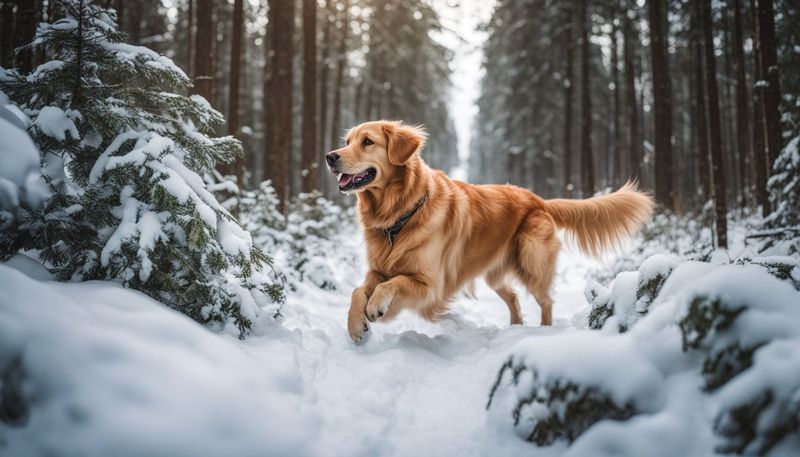
Limiting outdoor time during harsh weather conditions is critical for paw health. Extreme temperatures, whether hot or cold, can damage your dog’s paws quickly. Burns or frostbite are serious risks that can be avoided with careful timing.
Plan walks during cooler parts of the day in summer and avoid icy conditions in winter. If outdoor time is necessary, ensure your dog’s paws are protected with boots or wax.
16. Provide A Comfortable Resting Area

Providing a comfortable resting area for your dog supports overall paw health. Hard surfaces can lead to calluses or pressure sores, so a soft, cushioned bed is essential for relaxation.
Choose a bed that fits your dog’s size and sleeping style, ensuring they have plenty of room to stretch out. Soft blankets or pillows add extra comfort, making resting spots inviting and cozy.
17. Monitor For Allergies
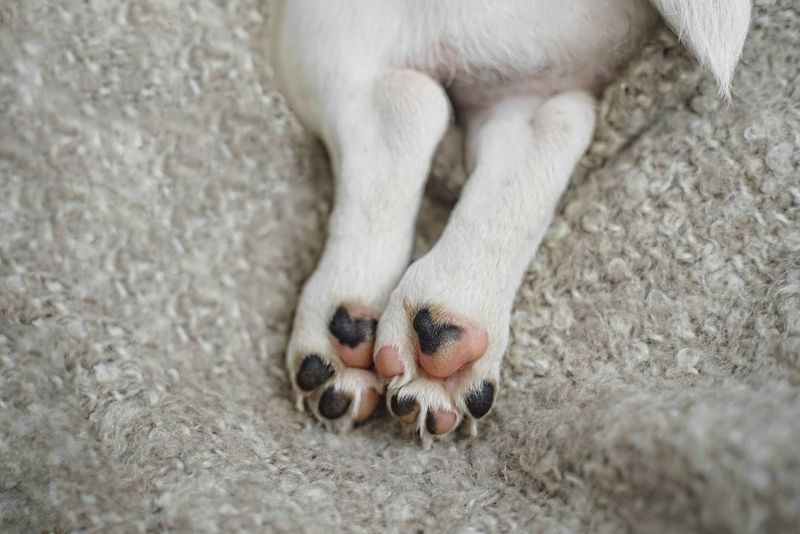
Monitoring for allergies is vital for paw health, as allergic reactions often manifest in paw chewing or licking. This can lead to irritation, redness, and even infection if left unaddressed.
Observe your dog for signs of allergies, especially during changes in seasons or after exposure to new environments. Common allergens include pollen, grass, and certain foods. If you suspect anything, call your vet!
18. Encourage Regular Exercise
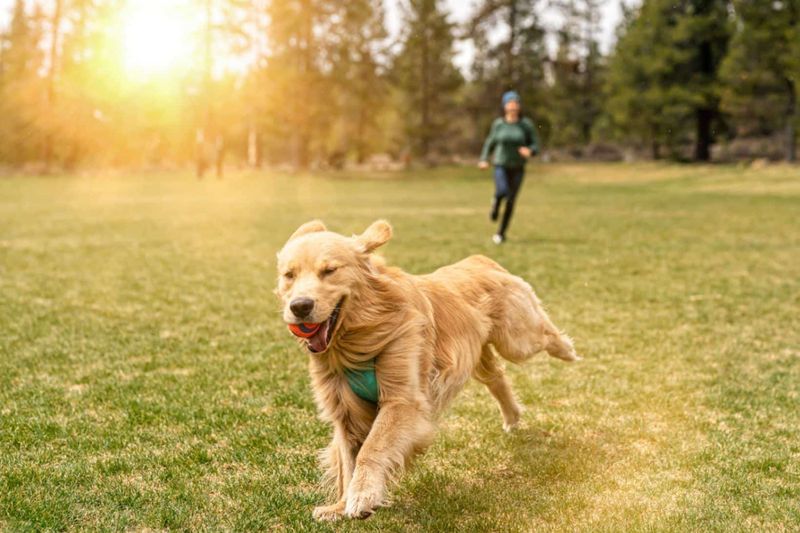
Encouraging regular exercise is beneficial for your dog’s paw health. Physical activity strengthens muscles and keeps the body fit, including the paws, by providing natural wear and care.
Activities like walking, running, and playing help maintain paw strength and keep them in good condition. Ensure your dog gets a balanced amount of exercise daily, considering their breed and age needs.
19. Consult A Vet For Regular Check-ups
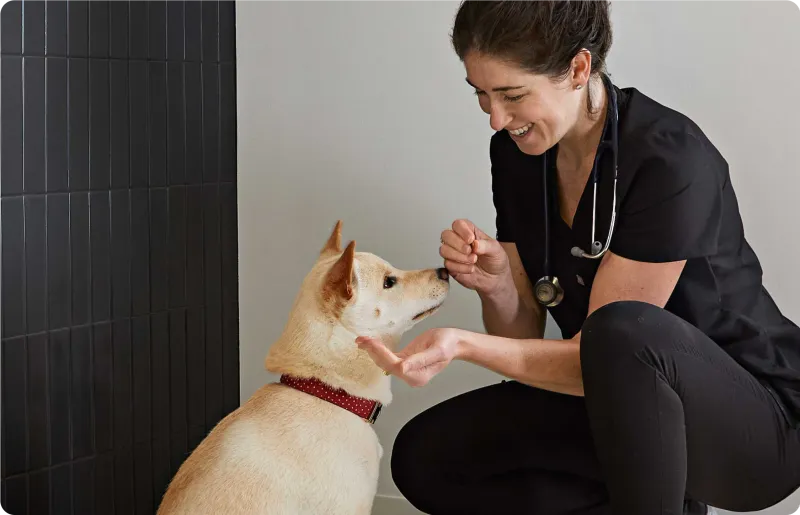
Regular vet check-ups are crucial for maintaining your dog’s paw health. Vets can identify early signs of issues that might be missed during home care, such as infections or structural abnormalities.
Schedule routine visits to have your dog’s paws professionally examined. This ensures any potential problems are addressed before they develop into serious conditions.
20. Consider Paw Protection For Hot Pavement
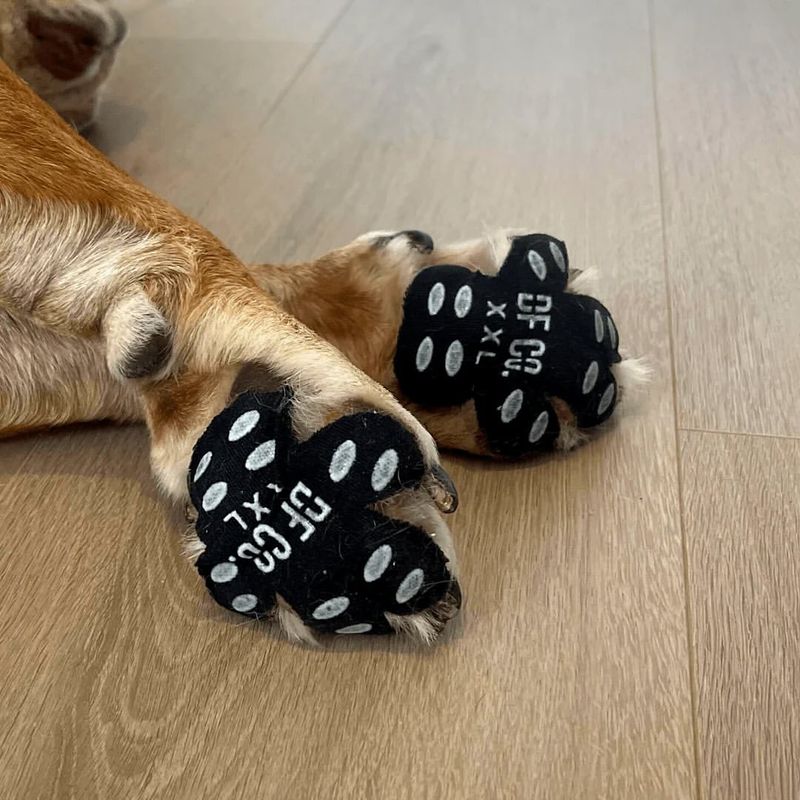
Hot pavement can cause serious damage to your dog’s paws, especially during the summer months. Asphalt and concrete can become incredibly hot under direct sunlight, and walking on them can lead to burns or blisters on your dog’s sensitive paw pads.
To prevent this, consider using protective dog shoes or paw wax, which act as a barrier against the heat. If you’re unsure whether the pavement is too hot for your dog, you can perform the “seven-second rule”:
place your hand on the ground for seven seconds; if it’s too hot for you, it’s likely too hot for your dog’s paws as well.
21. Use Anti-Slip Pads On Floors
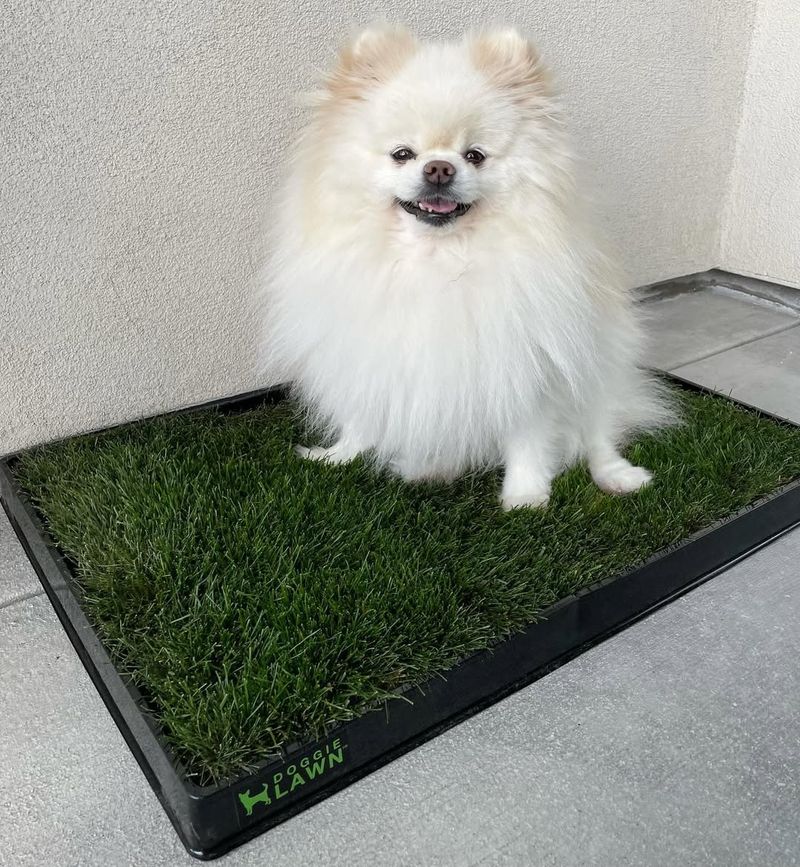
For older dogs, dogs with mobility issues, or breeds prone to joint problems, slippery floors can pose a significant risk. Dogs may struggle to gain traction on hardwood, tile, or laminate floors, which can lead to slipping, falls, or strains.
To help protect your dog, consider using anti-slip pads or rugs in areas where your dog spends most of its time. These pads are designed to provide extra grip and prevent accidents, ensuring your dog moves safely and comfortably.

